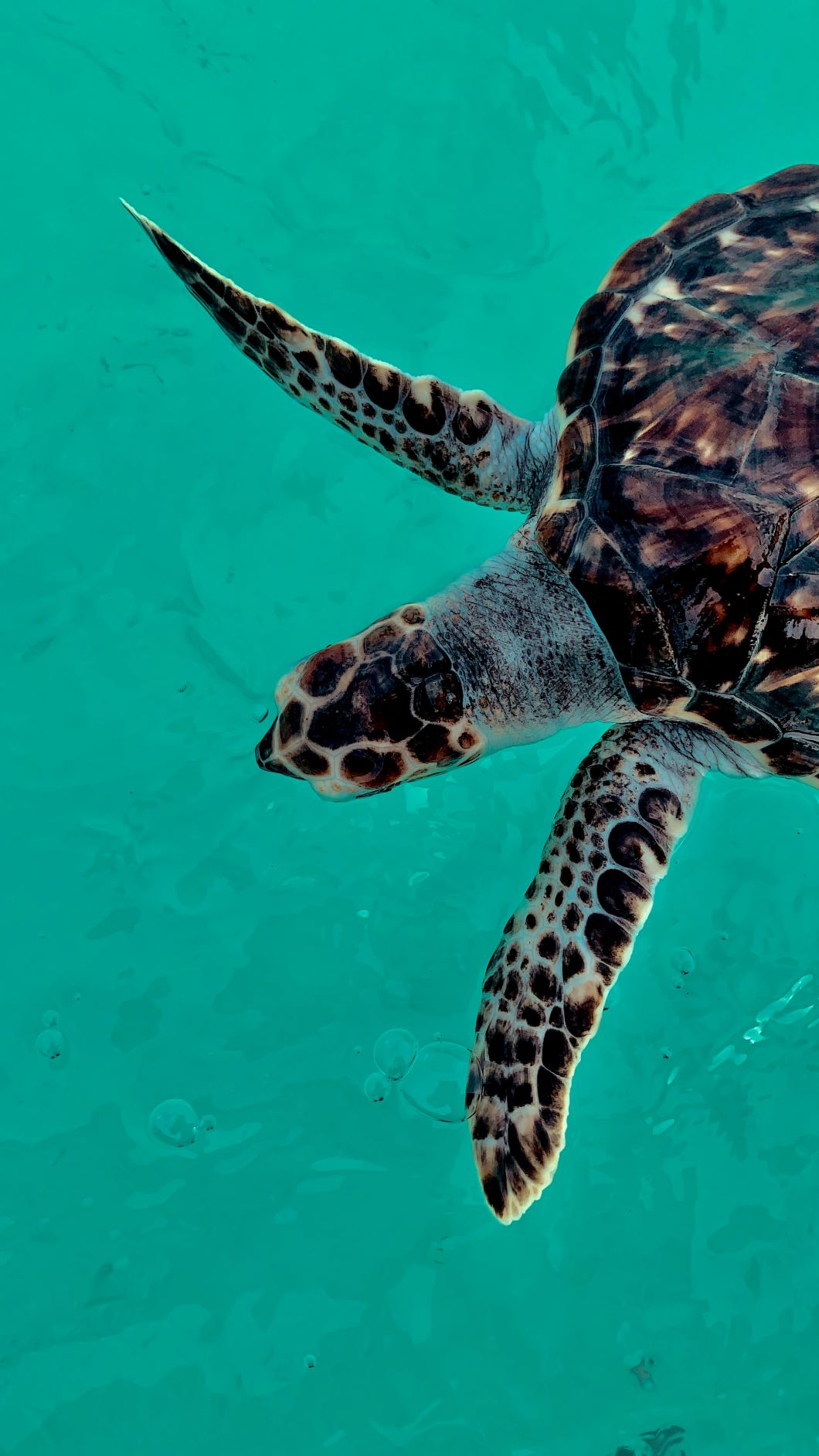Painted Turtle
The painted turtle is the southernmost seaturtle in Nideon. Named for its stippled and striped shell, which resembled that of a calico cat, it mostly lives in the waters around the Southern Islands, but it is also found in the Southern Ocean, especially near the volcanic islands of Igbi and Lowoni. Scientists believe they are able to survive this far south because of their high metabolism as well as the thermal gases that are realeased in the area. There is debate as to whether the turtles live in the area, or if they only migrate there to hunt, as they are particularly easy to find during the migration of Pocket Penguins.
Painted turtles usually travel in a group, known as a bale. They are omnivorous and will eat a variety of plants as well as any smaller animals including fish, penguins, salamanders, as well as the unfortunate bird who is unable to fly away. They are particularly fond of the Southern Hops plant and are believed to have carried the seeds to Lowani Island. Bales have also been known to hunt together to take down larger animals, such as the Bottlenosed Sea Lion. Sea lions have also been known to kill the turtles, however, by ramming them with their noses. Though there are few stories of the turtles attacking humans or Mermish, the underwater islanders of the Southern Islands have built their homes at a healthy distance from the hunting grounds.
Despite the distance of their homes, the southern islanders have been known to hunt the turtles for food. They have also made tools out of their shells and bones. Most notably, Mermish pirates, such as those who sailed with Isa Rosu, were known to have turtle shell weapons and shields. Isa Rosu is also said to have studied the hunting patterns of the painted turtle and used them as a model for attacking with her fleet.
Geographic Distribution
While Mermish and humans often steer clear of painted turtles, ice Dragons have been known to swim with the turtles south of the Southern Continent. Though dragons do not live on Igbi and Lowani, they Xyen scientists have started recruiting them in the hope of adding cultural knowledge to current research. Because dragons are so long lived, they would likely also be able to contribute more accurate historical knowledge.




Nicely done!
Thanks for reading!